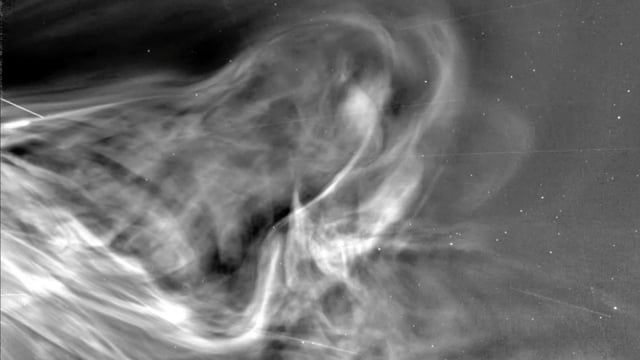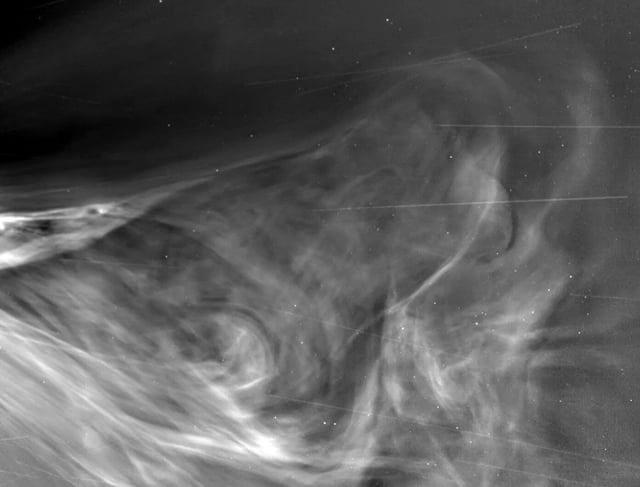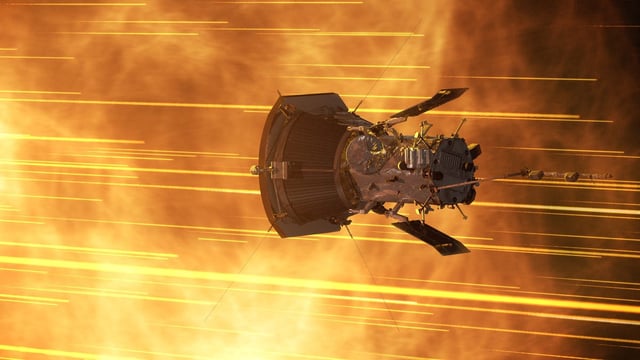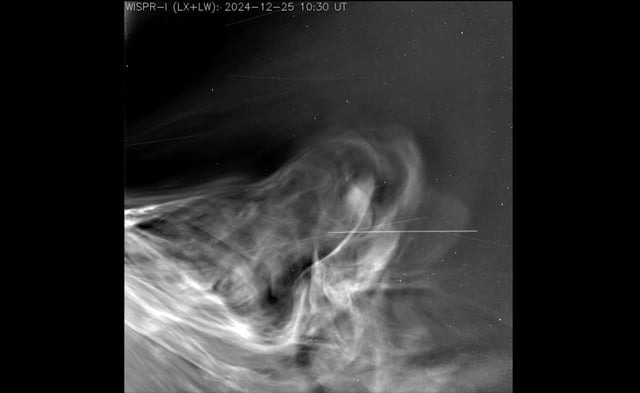Overview
- The images, published July 13, capture the Sun’s outer atmosphere during the probe’s December 24, 2024 flyby at just 3.8 million miles from the surface.
- For the first time, WISPR recorded multiple coronal mass ejections colliding and piling up in the corona’s dynamic environment.
- In-situ measurements detected clustered magnetic switchbacks as close as 14.7 million miles, shedding light on solar wind behavior near its source.
- Researchers say these observations will refine models of geomagnetic storms to better protect satellites, power grids and astronauts.
- The probe is gearing up for its next perihelion on September 15, 2025 to gather further corona data.



